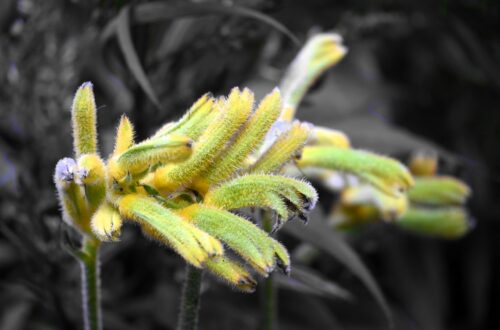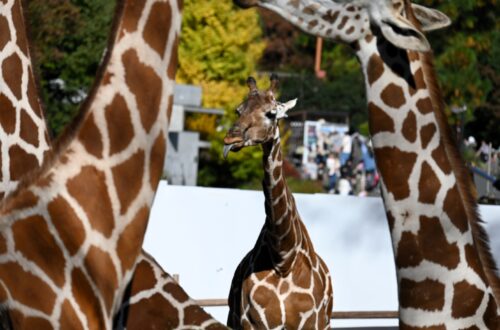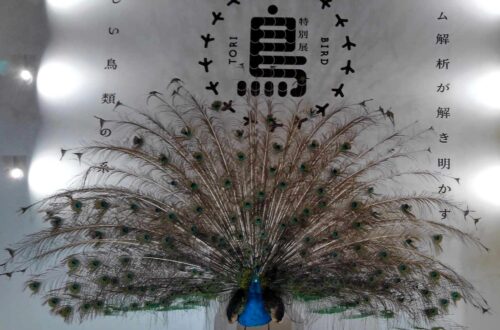The 1970 Osaka World Expo was a boon for Japan’s second-largest city, then, like the rest of the country, enjoying the postwar boom that propelled Japan from the brink of destruction to being the No. 2 economic power in the world.
 1970年に行われた大阪万国博覧会は、当時高度成長期真っ最中商業地域であり日本第二都市である大阪にとって世界に披露する機会を与え、思い切ってその素晴らしさを見せた。
1970年に行われた大阪万国博覧会は、当時高度成長期真っ最中商業地域であり日本第二都市である大阪にとって世界に披露する機会を与え、思い切ってその素晴らしさを見せた。
 Australia, too, was still enjoying unprecedented prosperity in 1970, and it showed with its amazing pavilion at the Osaka showcase.
Australia, too, was still enjoying unprecedented prosperity in 1970, and it showed with its amazing pavilion at the Osaka showcase.
当時、オーストラリアも景気が良かったし、万博で見せたご立派な「オーストラリア館」もその証拠と言えるだろう。
The pavilion, modeled on Katsushika Hokusai‘s The Great Wave at Kanagawa, was at the end of the Expo donated to Yokkaichi, Mie Prefecture, which is Sydney’s sister city. It was supposed to be a symbol of the “eternal” friendship between Japan and Australia.
北斎の「神奈川沖浪裏」をモチーフにした同館は、万博終了後シドニーの姉妹都市である三重県四日市市に移動し、日豪友情の「永遠シンボル」として博物館などとして使われた。
After almost 45 years, and picking up a giant platypus used in the 2005 Aichi World Expo along the way, the Australia Pavilion was condemned in November 2013 and will be demolished, though it currently remains in place.
が、2005年愛知万博で展示した巨大カモノハシを展示などを含めてほぼ45年間日本でオーストラリアのシンボルとして存在した同館は、2013年11月廃棄することが決定された。2014年6月現在、まだ四日市市にあるままが、取り壊されるのが時間の問題だ。
Cop a Gander of these, too, Cobber…
Nissan Bluebird Oozui: When Australia (Briefly) Exported Cars to Japan
Aussies Exposed to Radiation in Japan – 65 Years Ago
Oops! Austrian textbook error sparks online calls for Japanese to boycott Aussie Beef
The Strine Why Atorkin: Plain English
日本人移民、オーストラリアの米産業成功の父となる



